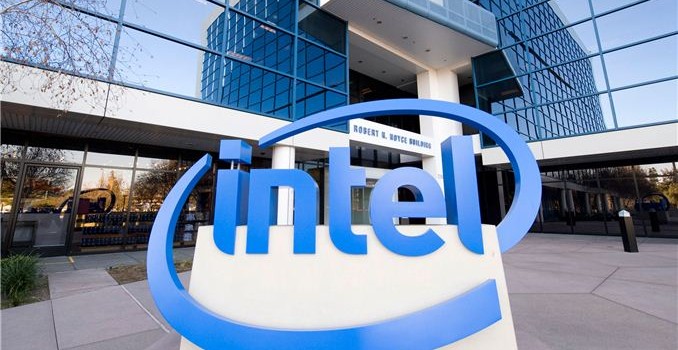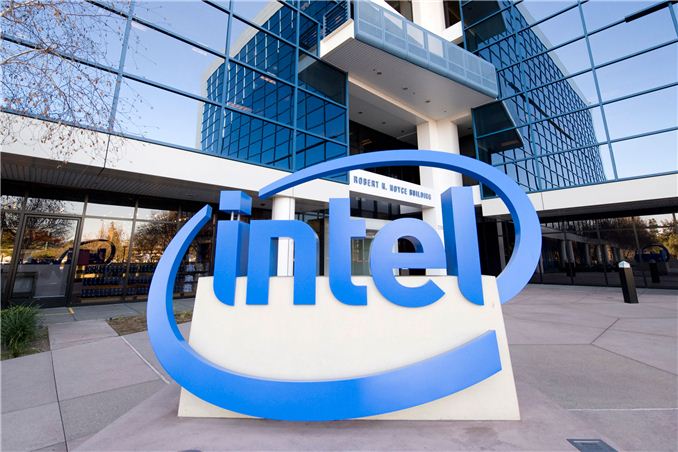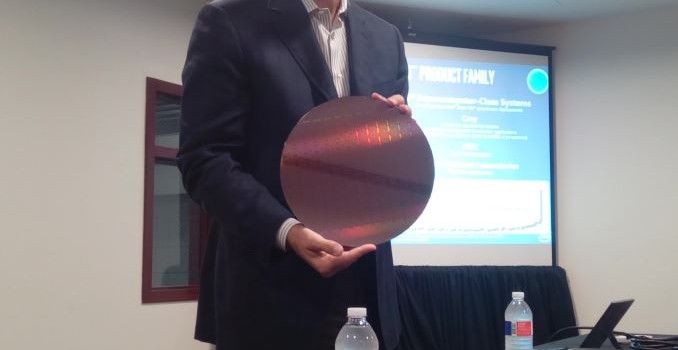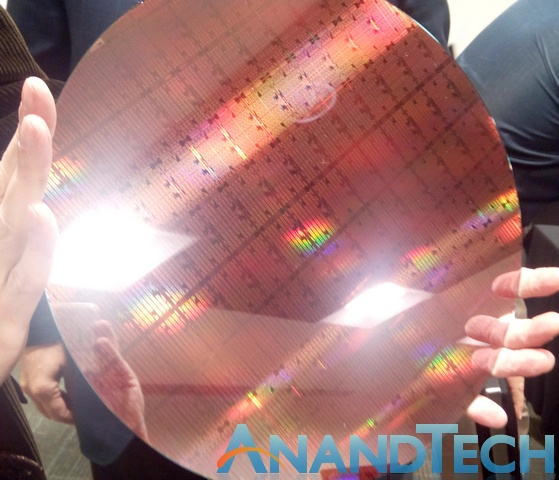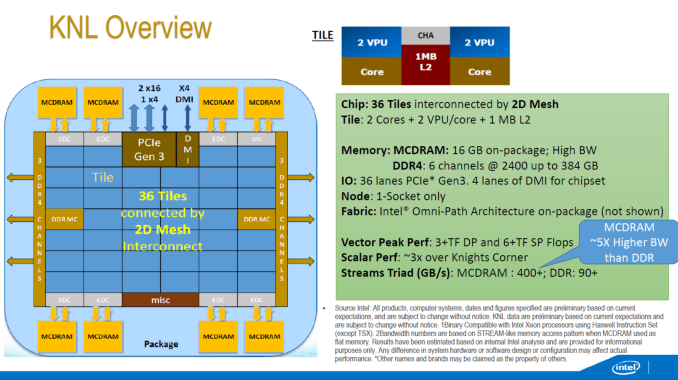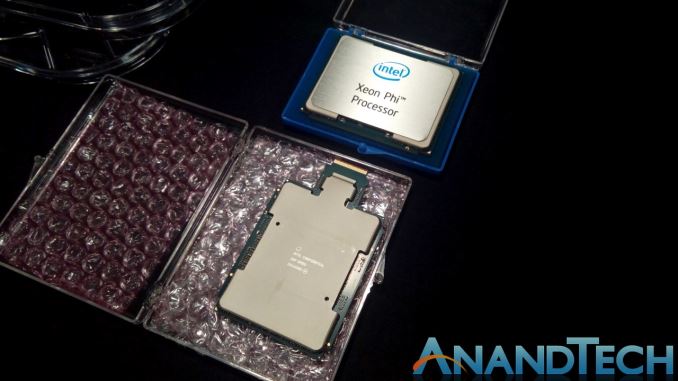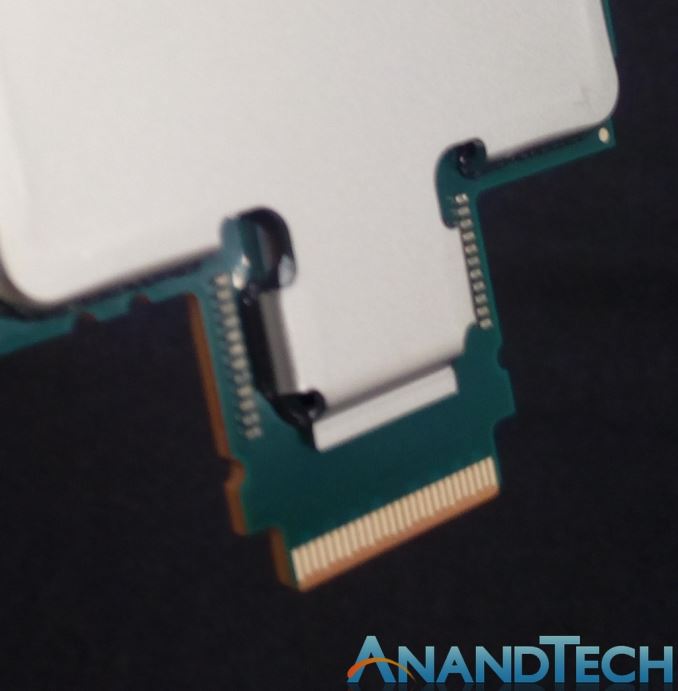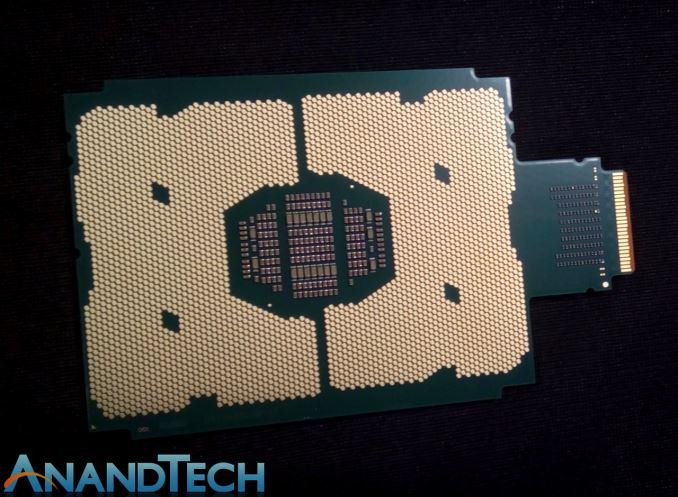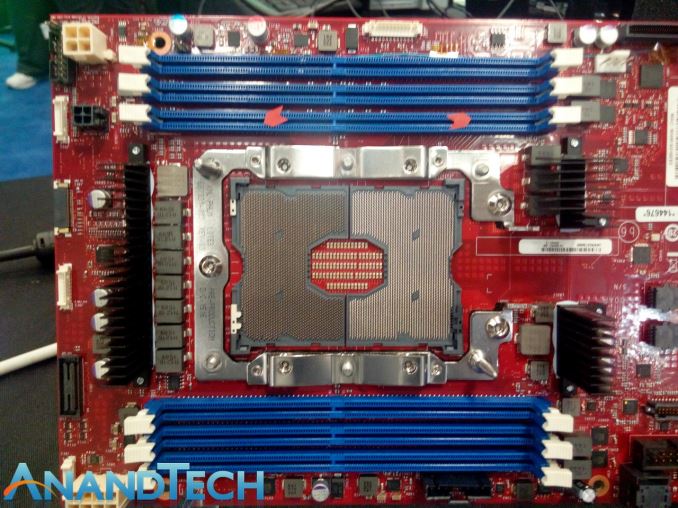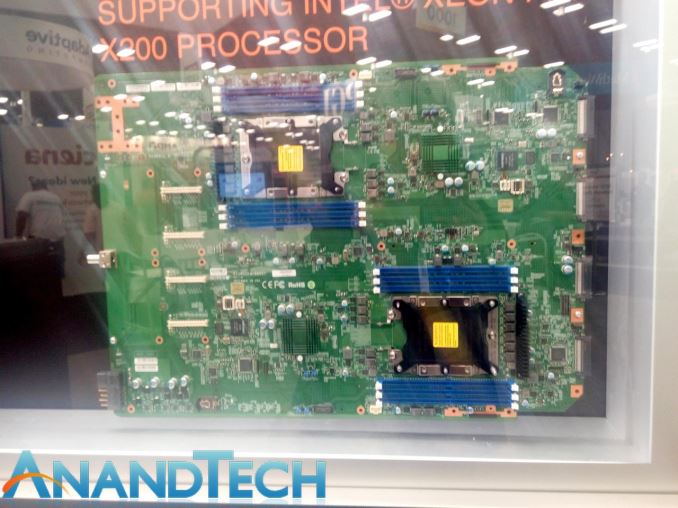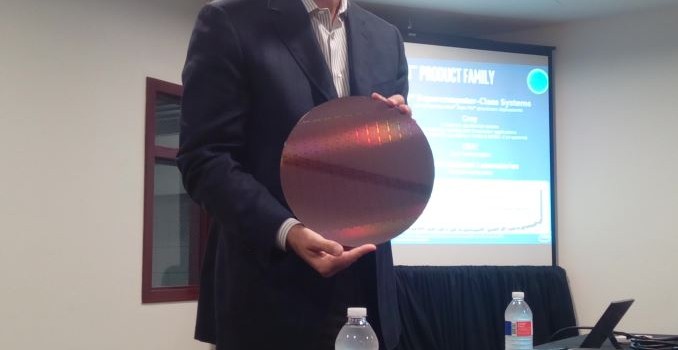Intel Introduces New Braswell Stepping with J3060, J3160 and J3710
When a processor is manufactured, it has a series of designations to identify it, such as the name. But alongside this, as with almost every manufactured product ever, each product will go through a number of revisions and design reinventions to do the same thing better or add new functionality. For microprocessors, aside from the model and family name, we also get what are called a ‘Revision’ and a ‘Stepping’ for each model, with the stepping being used for enhancements that increase the efficiency or add features. New steppings require a complete revalidation process for yields and back-end work, but for example a typical Intel mainstream processor will go through three or four steppings starting with the first silicon.
What Intel has published in the last couple of weeks through a ‘product change notification’ is an update to the Atom line of desktop-embedded processors that use Cherry Trail cores. The combination of cores and marketing position gives this platform the name Braswell. The Braswell update is a new stepping which adjusts the power consumption of the cores, raising the frequency, raising the TDP of the Pentium variants for a larger product separation, and renaming both the processor itself and the HD Graphics implementation. This change is referred to in the documentation as moving from the C-stepping to the D-stepping, which typically co-incides with a change in the way these processors are made (adjusted metal layer arrangement or lithography mask update).
| Intel Braswell SKUs | |||||||
| SKU | Cores / Threads |
CPU Freq |
CPU Burst |
L2 Cache |
Graphics | TDP | Price |
| Celeron N3000 | 2 / 2 | 1040 | 2080 | 1 MB | HD | 4 W | $107 |
| Celeron N3050 | 2 / 2 | 1600 | 2160 | 1 MB | HD | 6 W | $107 |
| *Celeron J3060 | 2 / 2 | 1600 | 2480 | 1 MB | HD 400 | 6 W | ? |
| Celeron N3150 | 4 / 4 | 1600 | 2080 | 2 MB | HD | 6 W | $107 |
| *Celeron J3160 | 4 / 4 | 1600 | 2240 | 2 MB | HD 400 | 6 W | ? |
| Pentium N3700 | 4 / 4 | 1600 | 2400 | 2 MB | HD | 6 W | $161 |
| *Pentium J3710 | 4 / 4 | 1600 | 2640 | 2 MB | HD 405 | 6.5 W | ? |
* New parts
The new SKUs will still be Braswell parts, with the names changed from N to J with the number adding 10. The Pentium models will go from 6W to 6.5W, have an increase in burst frequency, but at this point the exact value has not been published. Edit: Thanks to @jacky0011 who pointed out that the Intel Download Center auto-complete function has the turbo mode for these listed. Pentium models with 16 execution units in their integrated graphics will have their graphics model changed to Intel HD Graphics 405, while Celeron models with 12 execution units are now Intel HD Graphics 400. In both cases, these are accompanied by new drivers as well. For system designers, it is worth noting that the ICCmax value for the new stepping rises from 7.7A on the old to 10A on the new for the CPU, and from 11A to 12A for the graphics, meaning that the new chips can be plugged into original Braswell designs but only if they meet the new ICCmax criteria.
Intel expects minimal validation for customers wishing to use these new parts, but they will have new S-Spec and product codes requiring a change in ordering. Intel’s timeline puts the first samples for customers are available now, with qualification data at the end of November. Bulk shipments of chips for devices will start from January 15th 2016, with all shipments finishing on September 30th 2016. Chances are we’ll see the current Braswell crop of devices (mini-PCs, NAS) with the newer parts, depending on availability and current stock levels.
Source: Intel

